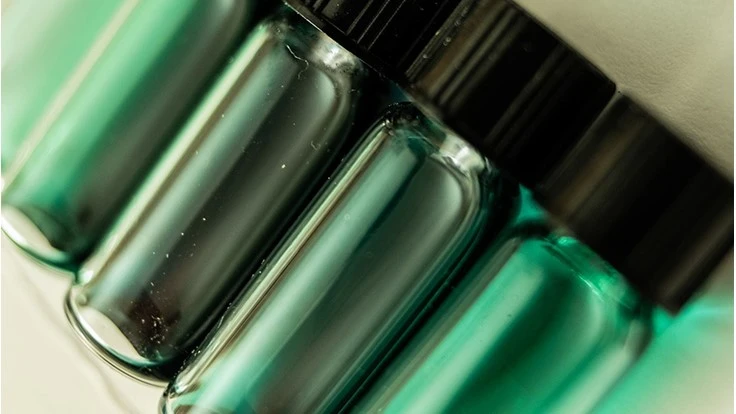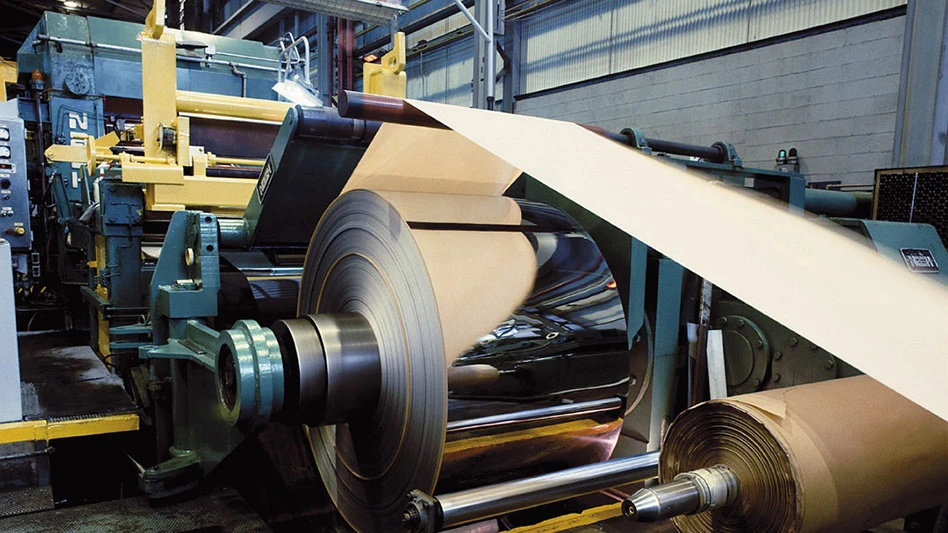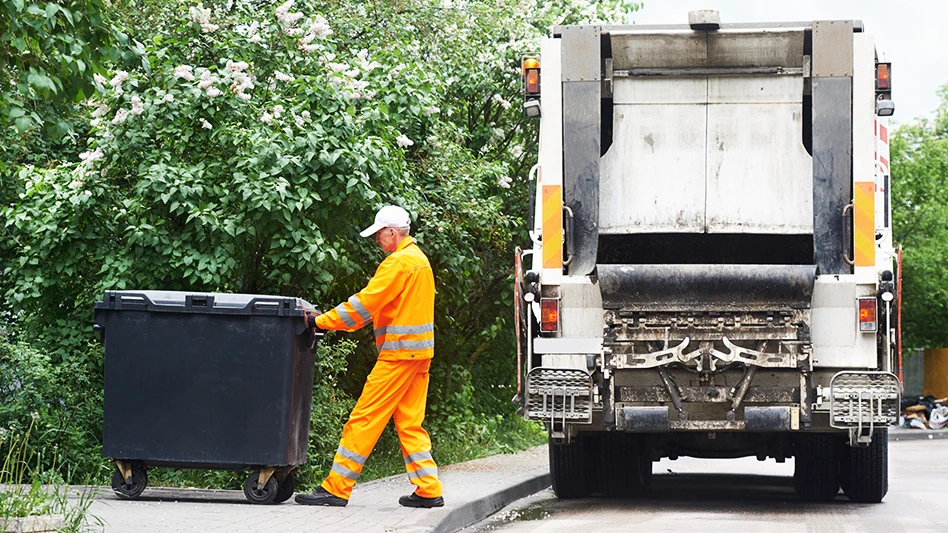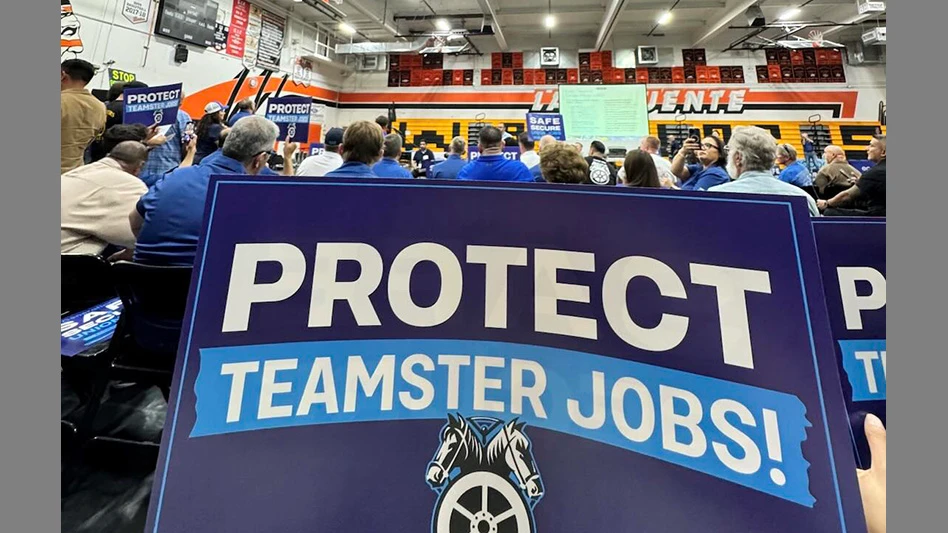
Photo by Jeff Fitlow/Rice University.
Researchers at Rice University in Houston say they have a solution, literally, to deal with sometimes difficult-to-recycle lithium-ion batteries used in electric vehicles, cellphones and other electronic devices.
Materials scientist Pulickel Ajayan and colleagues at a Rice laboratory say they have used an environmentally friendly deep eutectic solvent to extract recyclable elements from the metal oxides commonly used as cathodes in lithium-ion batteries. The goal, researchers say, is to curtail the use of harsh processes to recycle batteries and also to keep batteries out of landfills.
The solvent, made from choline chloride and ethylene glycol, extracted more than 90 percent of cobalt from powdered compounds, and a smaller but still significant amount from used batteries, according to the researchers.
“Rechargeable battery waste, particularly from lithium-ion batteries, will become an increasingly menacing environmental challenge in the future as the demand for these through their usage in electric vehicles and other gadgets increases dramatically,” says Ajayan.
“It’s important to recover strategic metals like cobalt that are limited in supply and are critical for the performance of these energy-storage devices,” he continues. “Something to learn from our present situation with plastics is that [now] is the right time to have a comprehensive strategy for recycling the growing volume of battery waste.”
“This has been attempted before with acids,” says Rice graduate student and lead author Kimmai Tran. “They’re effective, but they’re corrosive and not eco-friendly. As a whole, recycling lithium-ion batteries is typically expensive and a risk to workers.”
She continues, “The nice thing about this deep eutectic solvent is that it can dissolve a wide variety of metal oxides. It’s literally made of a chicken feed additive and a common plastic precursor that, when mixed together at room temperature, form a clear, relatively nontoxic solution that has effective solvating properties.”
The researchers built small prototype batteries and found that cobalt could be recovered from the eutectic solution through precipitation or even electroplating to a steel mesh, with the latter method potentially allowing for the deep eutectic solvent itself to be reused.
“We focused on cobalt,” says Rice alumnus Marco Rodrigues, now a postdoctoral researcher at Argonne National Laboratory. “From a resource standpoint, it’s the most critical part. The battery in your phone will surely have lots of it. Lithium is very valuable too, but cobalt in particular is not only environmentally scarce, but also, from a social standpoint, hard to get.”
An abstract on the emerging process can be found here.Latest from Recycling Today
- MBA Polymers UK offers ABS to global market
- Tariffs likely rising on inbound steel, aluminum and copper
- CMC suffers losses in late 2024
- Nonferrous recyclers: Where do you rank?
- DTG Recycling faces $3.3M penalty from Washington Utilities and Transportation Commission
- Nippon, US Steel respond to Biden’s prohibition against US Steel purchase with lawsuits
- Recycling Today Media Group's battery recycling conference relocates in 2025
- IP amends DS Smith takeover bid





